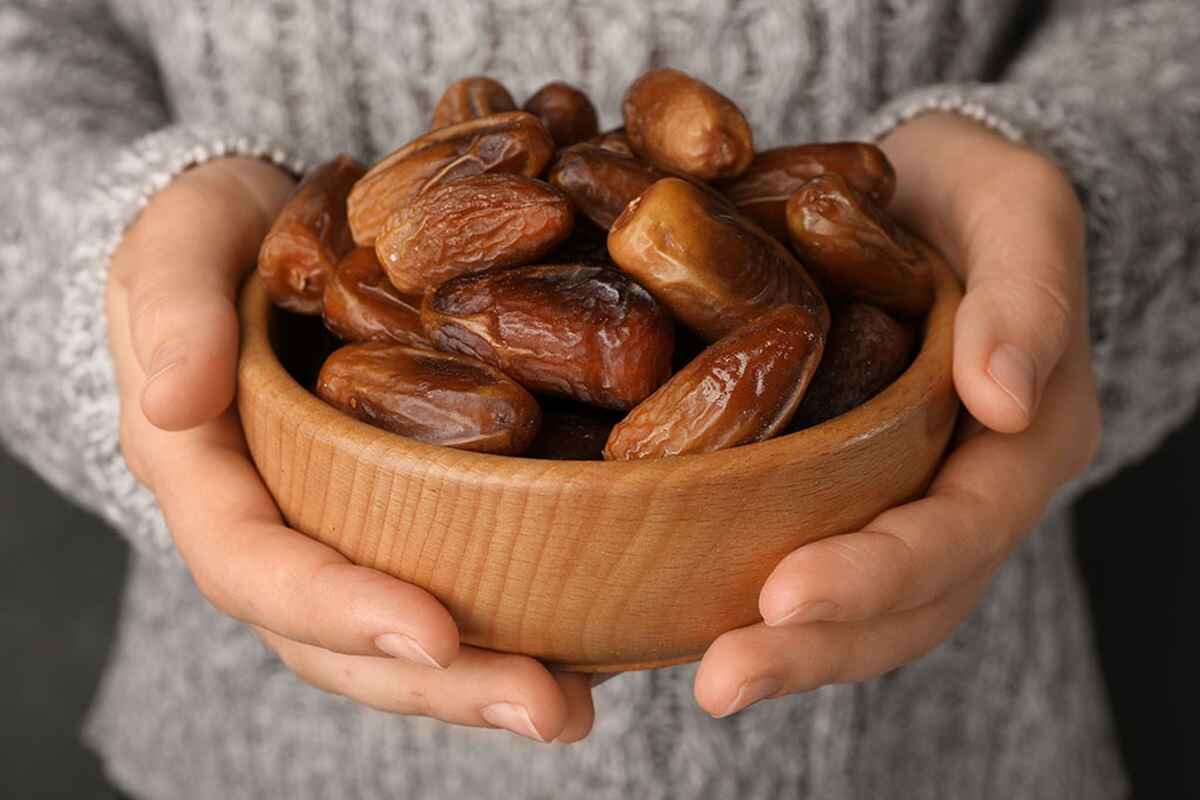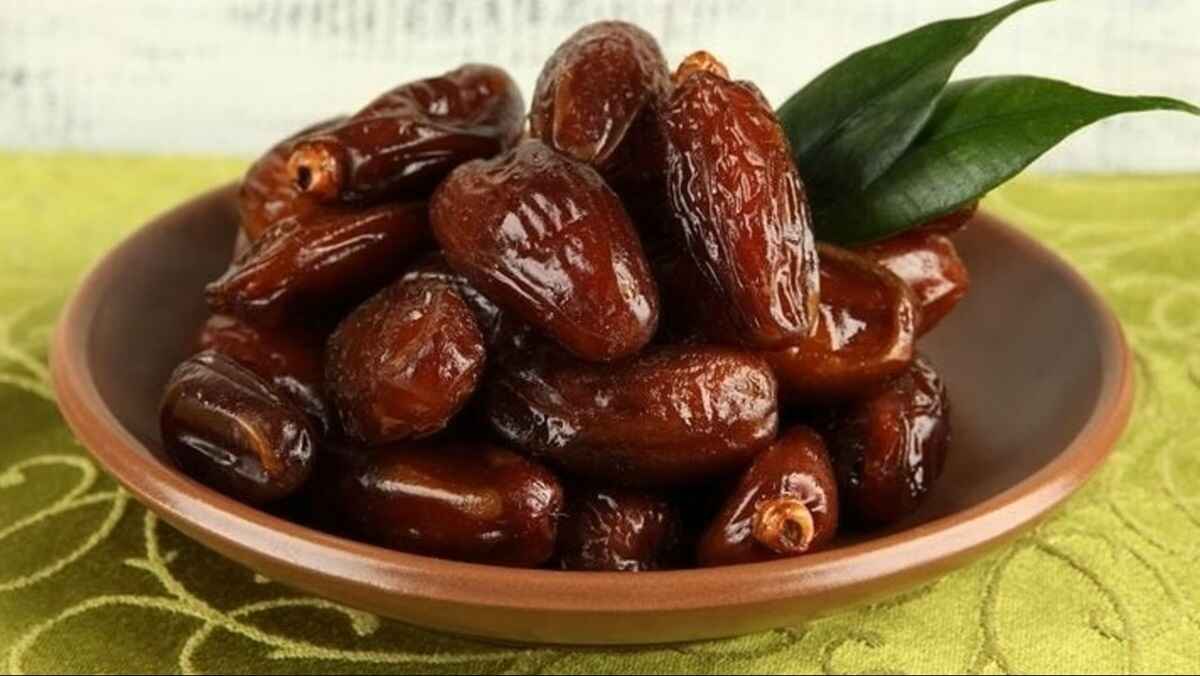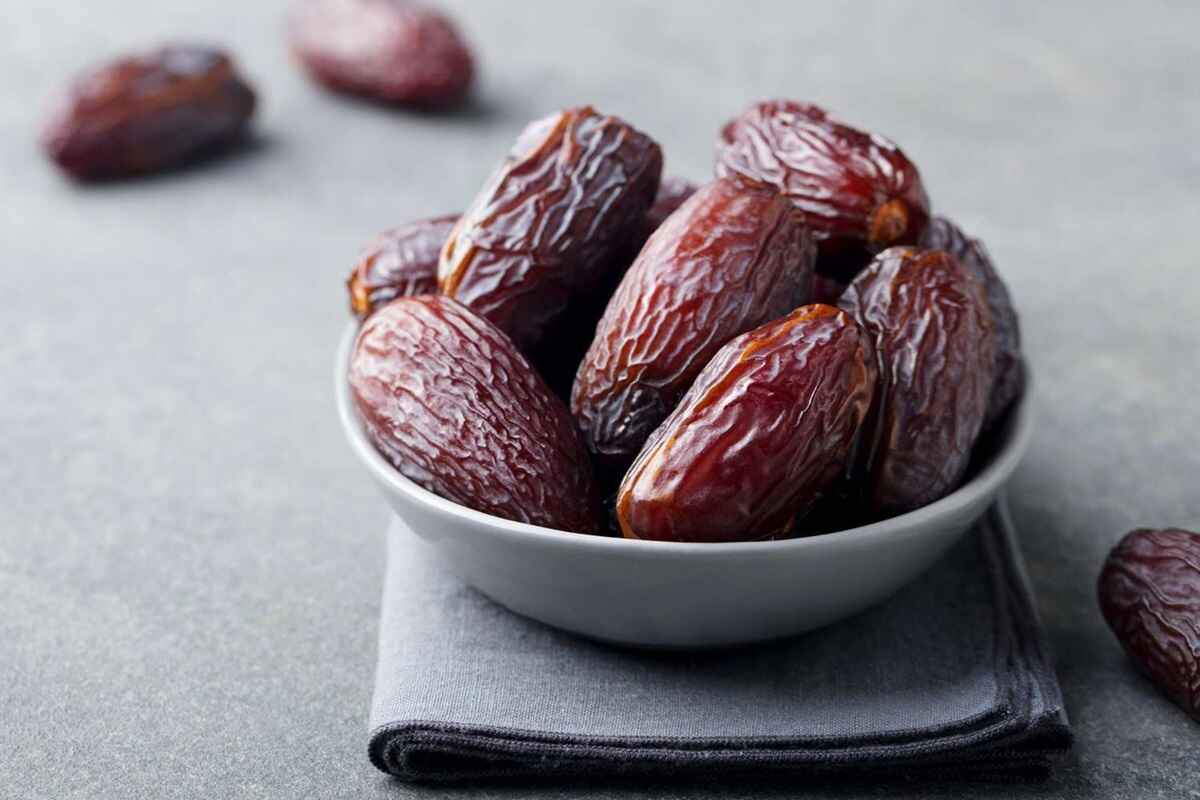Portuguese saffron, with its rich history and diverse uses, has been a hidden gem in culinary and medicinal traditions. Its journey through time and its significance in Portugal’s culture make it a compelling subject of exploration. In this article from Persa Trading we will discuss Portuguese Saffron History and Uses.
Portuguese Saffron History and Uses
In this article you can see all details about Portuguese Saffron:
Historical Roots of Portuguese Saffron
Portugal’s enduring relationship with saffron can be traced back to its proximity to Spain, one of the origins of this prized spice. Throughout history, saffron found its way into the hearts of the Portuguese people, especially during the Middle Ages and the peak of Eastern cultural influence.
Saffron’s Role in Traditional Portuguese Cuisine
Saffron, alongside other spices like pepper, nutmeg, ginger, and cinnamon, has been a staple in Portuguese cuisine for centuries. Its widespread use can be attributed to the belief that spices, known for their warm and dry qualities, aided the stomach in digestion by balancing the cold and moist nature of food.
Interestingly, saffron in 16th and 17th-century Portuguese cookbooks was primarily associated with culinary preparations for the sick. It was considered an “enemy of poisons and rot” and was believed to promote elegant health.
Cultural Origin and Influence
The influence of saffron in Portugal can be traced back to the Muslims who brought their cultural practices, including the use of spices, after the conquest of Andalusia. Saffron gained immense popularity and even entered the realm of cultivation, preservation, and export.
The Golden Spice: Saffron’s Premium Price
Saffron was, and still is, one of the most expensive spices. Its high cost can be attributed to the labor-intensive harvesting process. However, regions like Catalonia in the Iberian Peninsula stood out as saffron producers, supplying Portuguese markets.
Challenges and the Rise of Fake products
Over time, saffron’s high prices and changing culinary habits have led to its decline in usage. The emergence of fake saffron products, such as “Açafrão-da-terra” or Indian saffron, has further complicated the saffron landscape, often failing to replicate the authentic golden color and flavor.
Rediscovering the True Portuguese Saffron Experience
Despite the challenges, saffron still finds a place in the hearts of those who appreciate authentic and refined cuisine. The unmistakable aroma and golden hue it imparts to dishes continue to captivate discerning palates.
Unlock the secrets of Portuguese saffron and explore its historical significance and modern-day applications. Join us on a culinary journey enriched with the essence of this treasured spice.





John
Hello, I’m considering importing 5 kg of saffron for my restaurant. Could you please provide pricing details, quality assurance, and shipping options? Thank you!
Sarah
Greetings! I’m looking to import saffron for my spice business. Can you share information on bulk discounts, packaging options, and any certifications you offer?
Michael
Hi there! I’m planning to import saffron for distribution in my region. Can you tell me about your saffron’s origin, and purity, and if you offer sample batches for quality testing?
Vinod
Good day! I’m inquiring about importing a substantial amount of saffron, for a new product line. What are the lead times, payment terms, and minimum order quantities?
Nusret
Hello, I represent a spice distribution company looking to import a significant quantity of saffron, around 10 kg. Can you provide competitive pricing, bulk packaging options, and any special promotions for large orders?